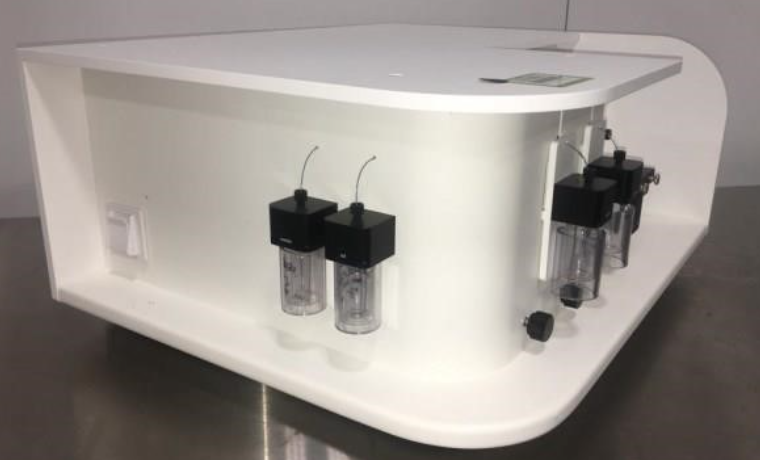

6 This behavior can depend on the type and stage of the tumor. Large NPs (100 nm) have been noted to have minimal permeation in the tumor while small NPs (20 nm) have been shown to have minimal retention within the tumor. 5 NPs in this size range can accumulate in solid tumors through the enhanced permeability and retention (EPR) effect in which solid tumors display leaky vasculature and dysfunctional lymphatic drainage. For effective passive targeting, nanoparticles should be larger than 5.5 nm to avoid renal clearance 4 yet, small enough to avoid clearance by the reticuloendothelial system (<200 nm). 1– 3 The phenomenon of enhanced passive targeting is dictated by the size and composition of the nano-therapeutic. To minimize toxicity and side effects attributed to chemotherapy, the utilization of nanoparticles (NPs) has demonstrated enhanced delivery of drugs to cancerous tissue. This ZAP NP platform demonstrated scalable, flexible, and tunable synthesis with potential toward clinical scale production of size-specific drug carriers. 7 times the original NP) and a slower release profile. Incorporation of d-alpha tocopheryl polyethylene glycol succinate (TPGS) and PLGA 33k allowed for the production of a sub-40 nm NP with an exceptionally high loading of PXL (12.6 wt%, ca. ZAP NPs with diameters of 25 nm, 50 nm, and 100 nm were loaded with the chemotherapeutic paclitaxel (PXL), demonstrated unique release profiles, and exhibited dose-dependent cytotoxicity similar to Taxol. Select ZAP NPs were synthesized in 30 seconds at different scales and concentrations, up to 200 mg and 100 mg/mL, without substantial size variation. A library of polymeric NPs was generated with sizes ranging from sub-20 nm to 350 nm and low polydispersity. The Zapped Assembly of Polymeric (ZAP) NPs was initially realized using poly(lactic-co-glycolic acid)-poly(ethylene glycol) (PLGA-PEG) block copolymers and distinct microwave reaction parameters. The starting hypothesis for this work was that microwave synthesis could enable the rapid assembly of polymers into size-specific nanoparticles (NPs).


 0 kommentar(er)
0 kommentar(er)
